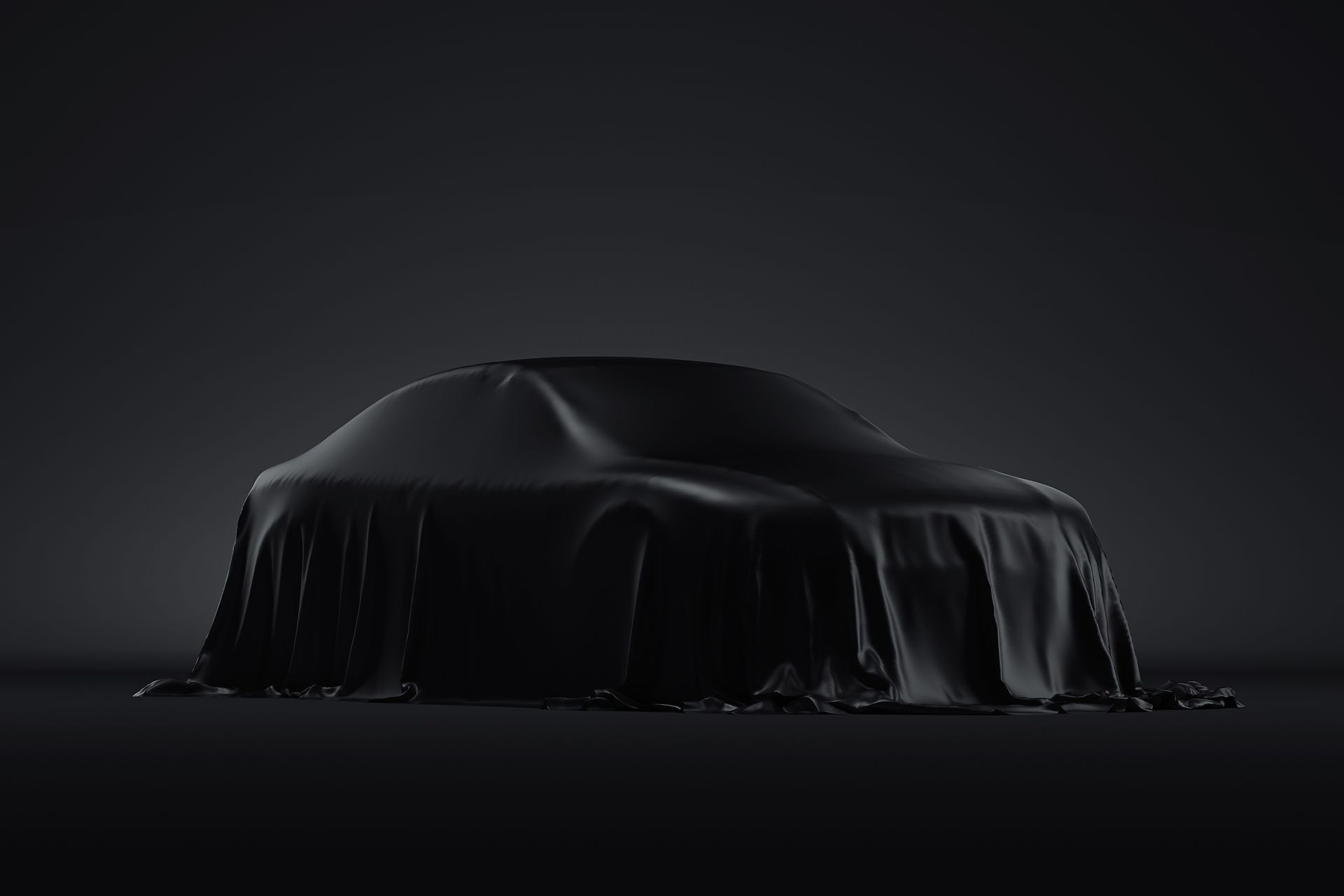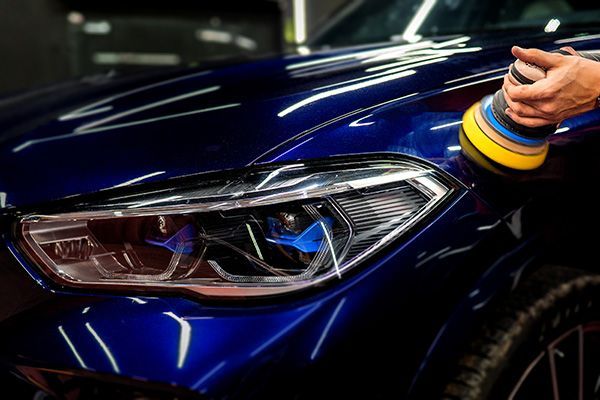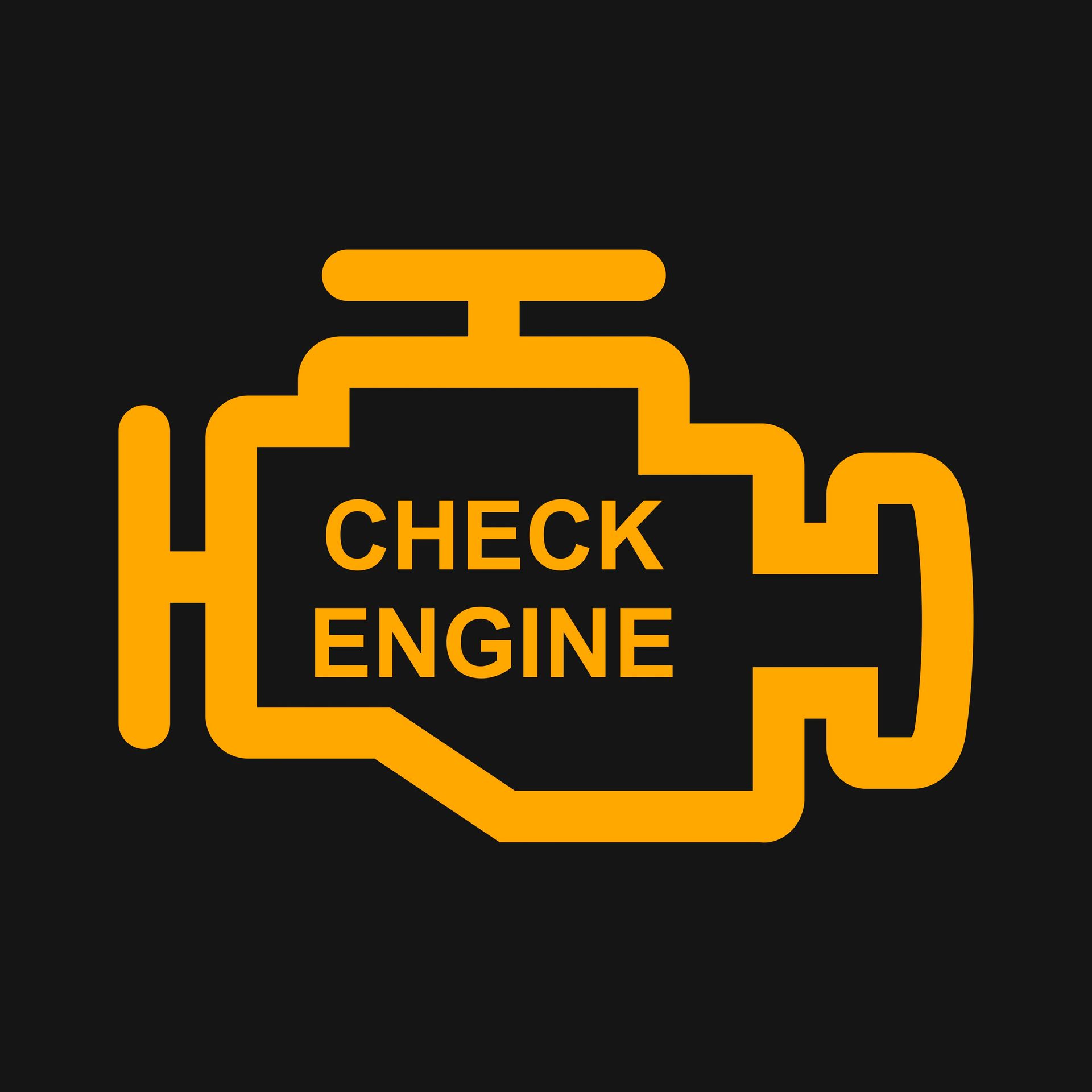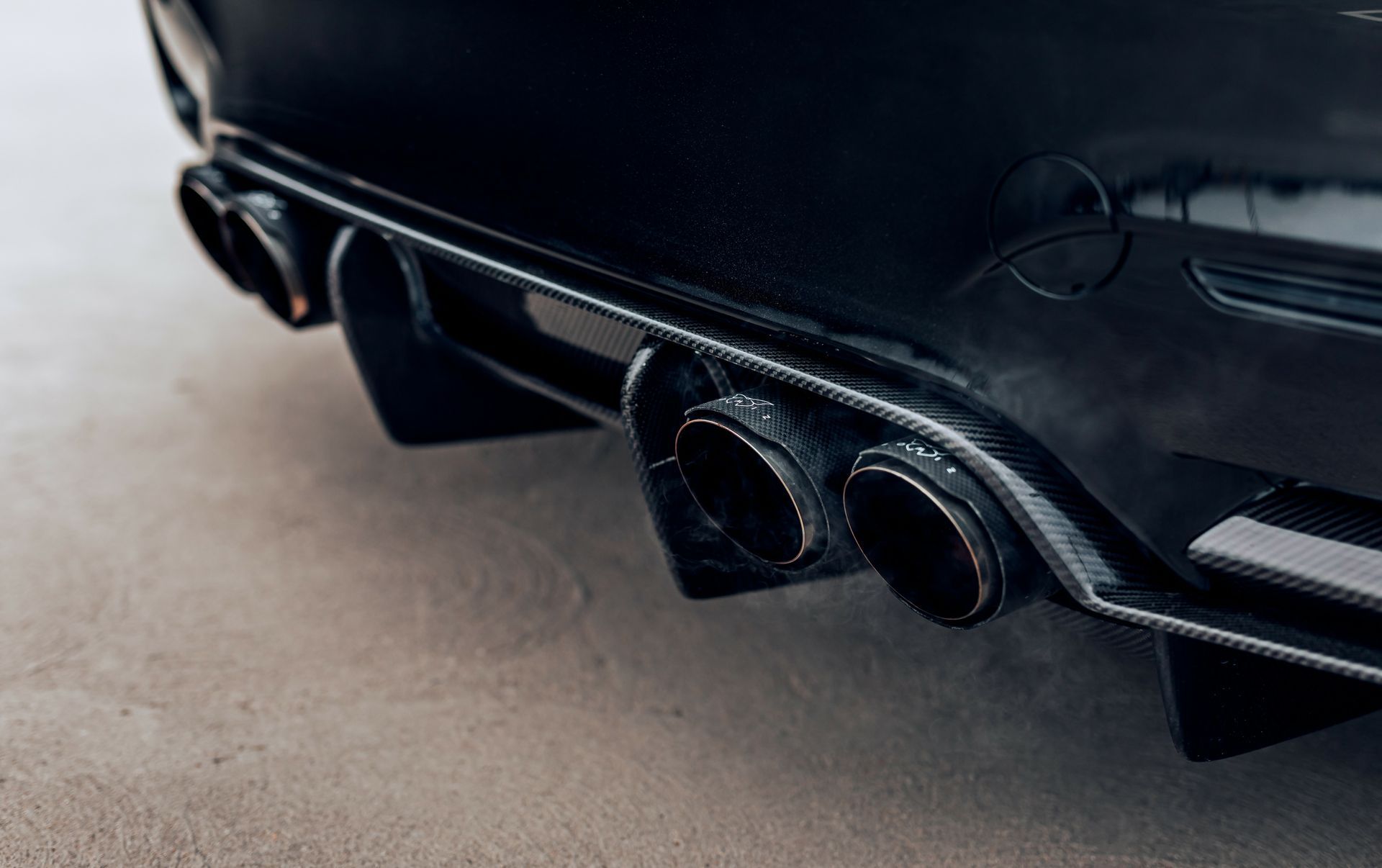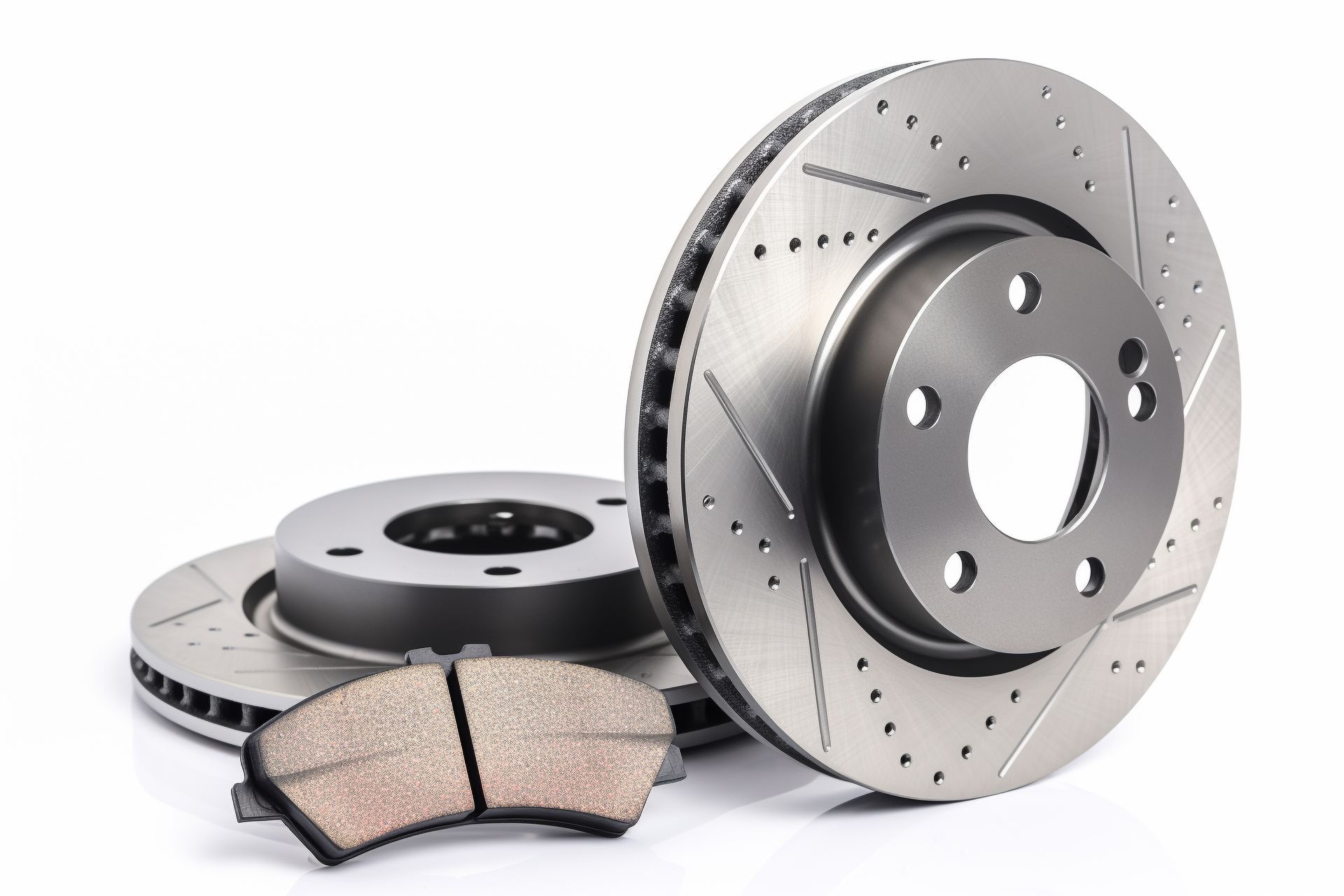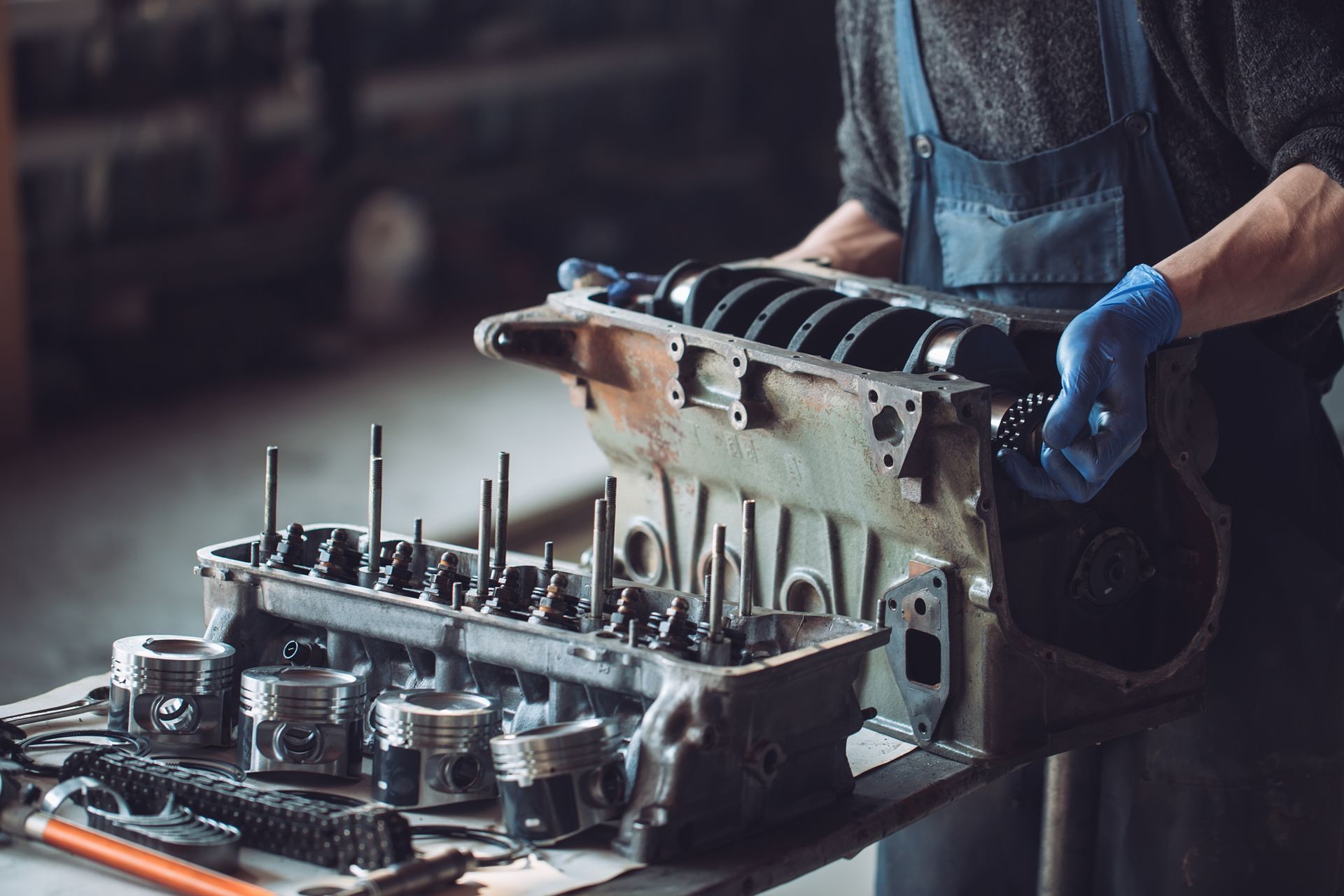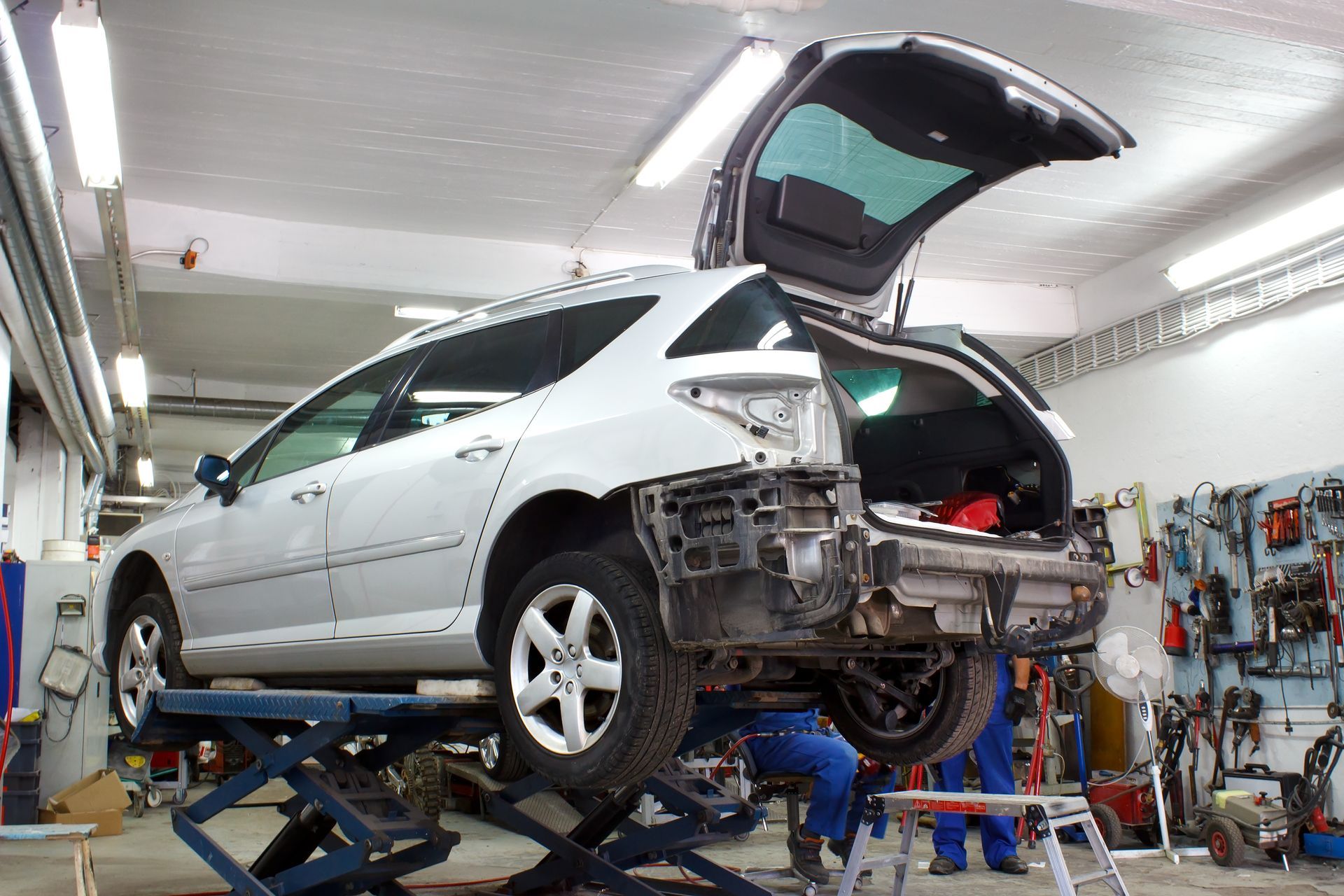A coolant flush is a maintenance procedure performed on a vehicle's cooling system to remove old or contaminated coolant and replace it with fresh coolant. The cooling system in a vehicle plays a crucial role in regulating the engine's temperature and preventing it from overheating. Coolant, also known as antifreeze, is the fluid that circulates through the engine and radiator to dissipate heat generated during combustion.
Over time, coolant can become contaminated with debris, rust, and other contaminants. This can reduce its effectiveness in cooling the engine and protecting it from freezing in cold temperatures. To maintain the cooling system's efficiency and protect the engine from overheating or freezing, it's important to periodically perform a coolant flush. Here's an overview of the coolant flush process:
- Drain Old Coolant: The first step is to remove the old coolant from the cooling system. This is typically done by opening the radiator drain valve and allowing the old coolant to flow out into a container.
- Flush the System: After draining the old coolant, a flushing agent or distilled water is often used to flush out any remaining contaminants and residues from the system. This helps ensure that the cooling system is clean and free from debris.
- Inspect for Issues: While performing the flush, it's a good opportunity to inspect the cooling system for any signs of leaks, corrosion, or other issues that may need attention.
- Refill with Fresh Coolant: Once the system is thoroughly flushed, it is refilled with a mixture of fresh coolant and water in the appropriate ratio for the climate. The ratio of coolant to water may vary depending on the manufacturer's recommendations and the climate in which the vehicle operates.
- Bleed the System: Air pockets can sometimes form in the cooling system after a coolant flush. It's important to bleed or purge these air pockets to ensure proper coolant circulation and prevent overheating. Many vehicles have a bleed valve or procedure for this purpose.
- Test for Proper Operation: After the coolant flush and refill, the cooling system should be tested to ensure it's functioning correctly. This includes checking for proper temperature control and monitoring coolant levels.
Coolant flushes are typically performed as part of regular maintenance and are recommended at specific intervals specified in the vehicle's owner's manual. The frequency of coolant flushes can vary depending on the type of coolant used (traditional or long-life) and the vehicle's make and model. It's essential to follow the manufacturer's recommendations for coolant type and maintenance intervals to keep the cooling system in good working condition and prevent engine damage.
